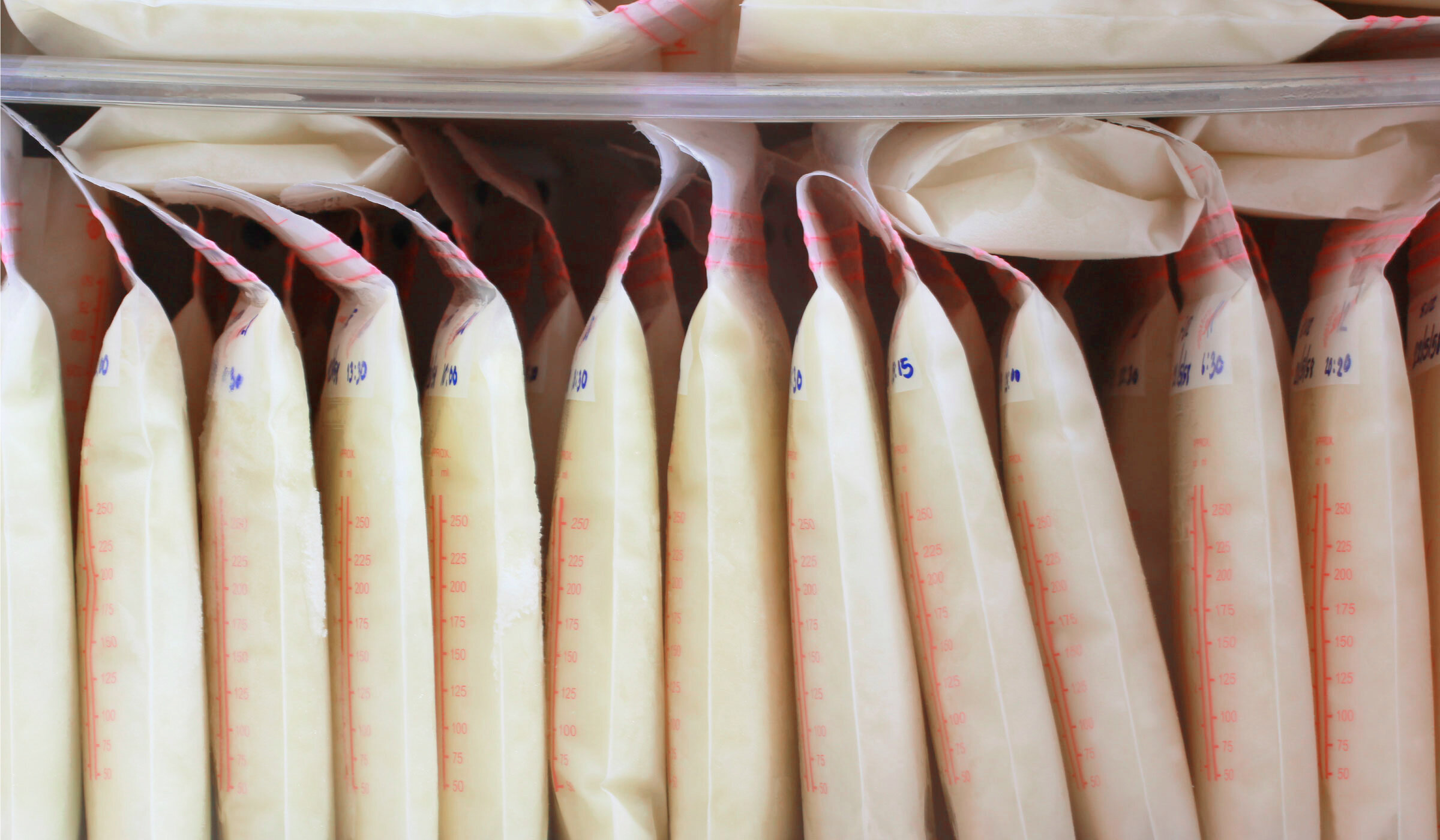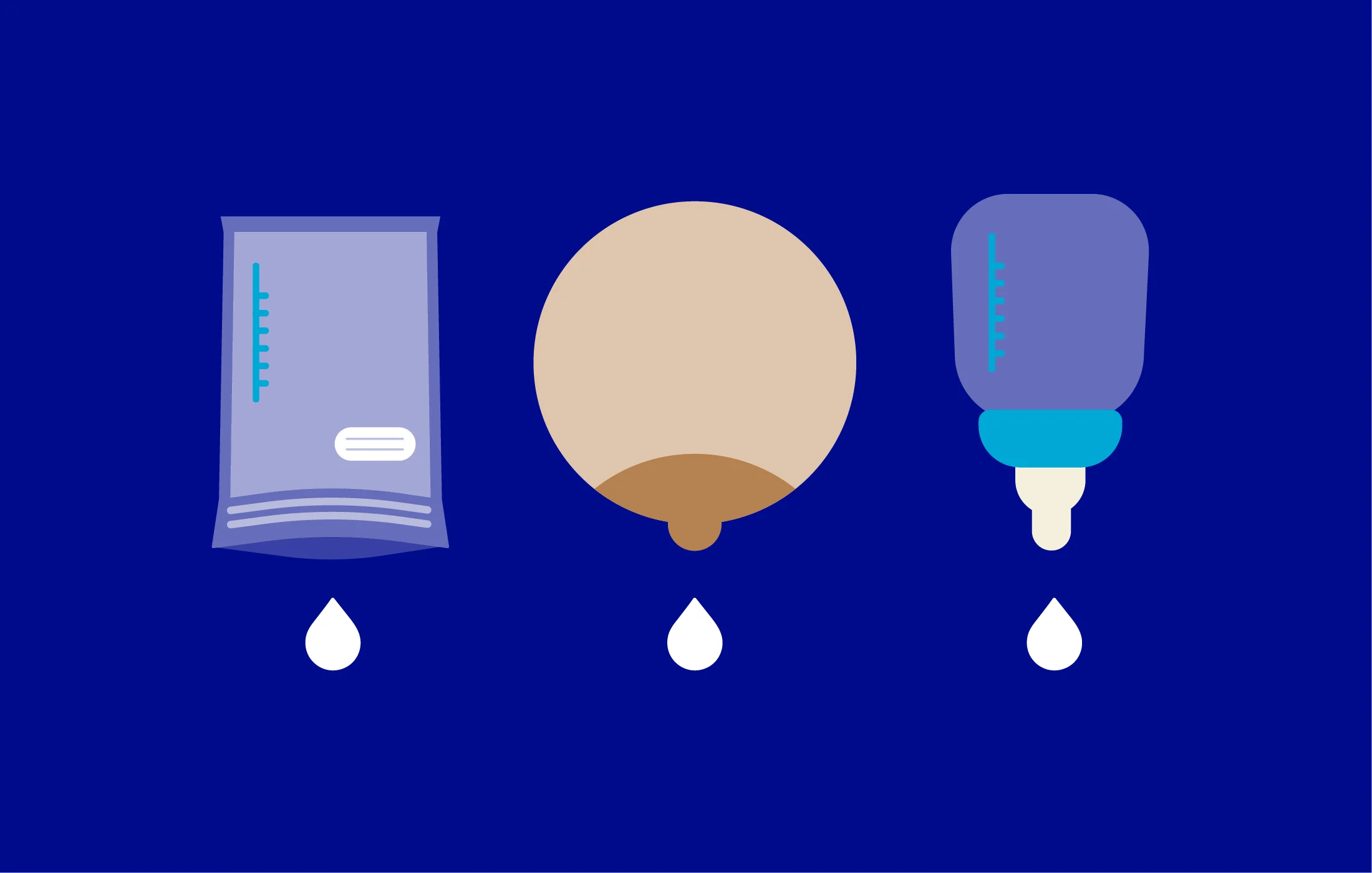Nutrition 101 for Breastfeeding Moms
The dietary recommendations when you’re breastfeeding are the same for all women: eat nutrient-dense food like whole grains and lean protein, and limit your intake of added sugar, saturated fat, and sodium. But making milk requires extra energy (on average, about 350 to 400 calories per day if you’re exclusively breastfeeding). So listen to your body, boost your intake, and fill up on foods that fuel you—and help you meet your nutritional needs.
The good news: breastfeeding women tend to make healthier choices than other adults. But we still aren’t meeting all the dietary recommendations. Check out our cheat sheet for what to eat when you’re nursing—plus easy options because you’re also taking care of a baby.
Veg out
Your mom was right—veggies are good for you because they’re loaded with fiber and high in potassium, folate, and Vitamins A and C. But breastfeeding women (like everyone else) are only eating about half of the daily recommended servings. Aim for 2 ½ to 3 ½ cups of veggies a day. Focus on eating the rainbow with dark green veggies like broccoli, collards, spinach (hello salads!)—as well as plenty of orange and red options like carrots, squash, tomatoes, and sweet potatoes. Raw, cooked, fresh, frozen, or canned are all great.
Try these ideas:
Get in the habit of serving a green salad on the side—of everything.
Fold sauteed vegetables (mushrooms, peppers, greens) into an omelet.
Make smoothies with raw spinach, carrots—or a little baked sweet potato. Experiment!
Stir. Fries. Repeat.
Go with (whole) grains
Most Americans—including milk makers—are getting enough grains (the USDA recommends six servings a day—half a cup of rice and one slice of sandwich bread are each considered a serving) but we’d all benefit from choosing whole grains like brown rice, oats, or quinoa over refined grains like white rice. Whole grains break down more slowly and have higher counts of fiber—which 90% of Americans fall short on—plus, other important elements like bran, phytochemicals, and the essential minerals magnesium, selenium and copper.
Try these ideas:
Use brown rice, quinoa, or farro instead of white rice when possible. Quinoa is a quick-cooker and brown rice takes a little longer, but the nutritional benefits more than make up for it.
Replace white bread with whole grain options for toast and sandwiches.
Make easy overnight oats and top with fruit and nuts for breakfast.
Do your dairy
Dairy and fortified soy products are high in calcium, vitamin A and D to help keep your bones strong. Think milk, yogurt, kefir, and cheese. Aim for three cups a day and opt for low-fat. If you’re vegan, lactose intolerant, or don’t do dairy, you can get your calcium and vitamin D from fortified almond, soy, or rice “milk.” (While plant-based “milks” have calcium, they lack the nutritional content of cow’s milk, so talk with your health care provider about taking supplements for vitamin B, iron, zinc, and choline.)
Try these ideas:
Enjoy Greek yogurt for breakfast or as a snack.
Start your day with a smoothie: 1 banana + 1 cup of your favorite milk + heaping scoop of peanut butter + a handful of spinach + ice cubes.
Treat yourself to a latte with the milk of your choice.
Choose lean, clean protein
The USDA recommends between five and seven ounces of protein a day. (For reference, three oz is about the size of a deck of cards). Great choices if you’re breastfeeding are lean meats like poultry, omega-3-rich fish (e.g., salmon), and eggs, which are an important source of choline to boost both your immune system and your babe’s. If you’re vegetarian, you can meet daily protein requirements with pulses, vegetables, and nuts. (A standard serving size of beans is the size of your fist.)
Try these ideas:
Make salmon for dinner, then add leftovers to mixed greens for an easy lunch.
Hard boil eggs so you have them on hand when you need a snack, stat.
Keep a stash of almonds handy.
Learn to love legumes
If you’re vegan or just looking to eat less meat, bring on the beans, peas, and lentils—AKA legumes or pulses. Pulses are a nutrition powerhouse because they’re both a vegetable and a protein. From black beans to chickpeas (a form of dried peas), pulses pack a protein punch whether you use canned or cook them yourself.
Try these ideas:
Replace meat with beans or legumes in your favorite taco or soup recipes—think black bean tacos loaded with chunky guacamole or a lentil soup with chopped spinach.
Steam frozen edamame (whole soybeans) for an easy hands-on side dish or snack.
Roast a tray of canned chickpeas with olive oil and your favorite seasoning for a crunchy salad topper.
Supplement as needed
Even with the best intentions and good habits, eating a diet that delivers everything you need can be tricky—especially when you’re busy with a baby. Talk with your doctor about taking prenatal vitamins (half of all new moms still take them) or other supplements you may need.
Mamava designs solutions to empower breastfeeding and pumping parents on the go, like our freestanding lactation pods, Mamava’s lactation space locator app, and other helpful resources.
More breastfeeding resources

































